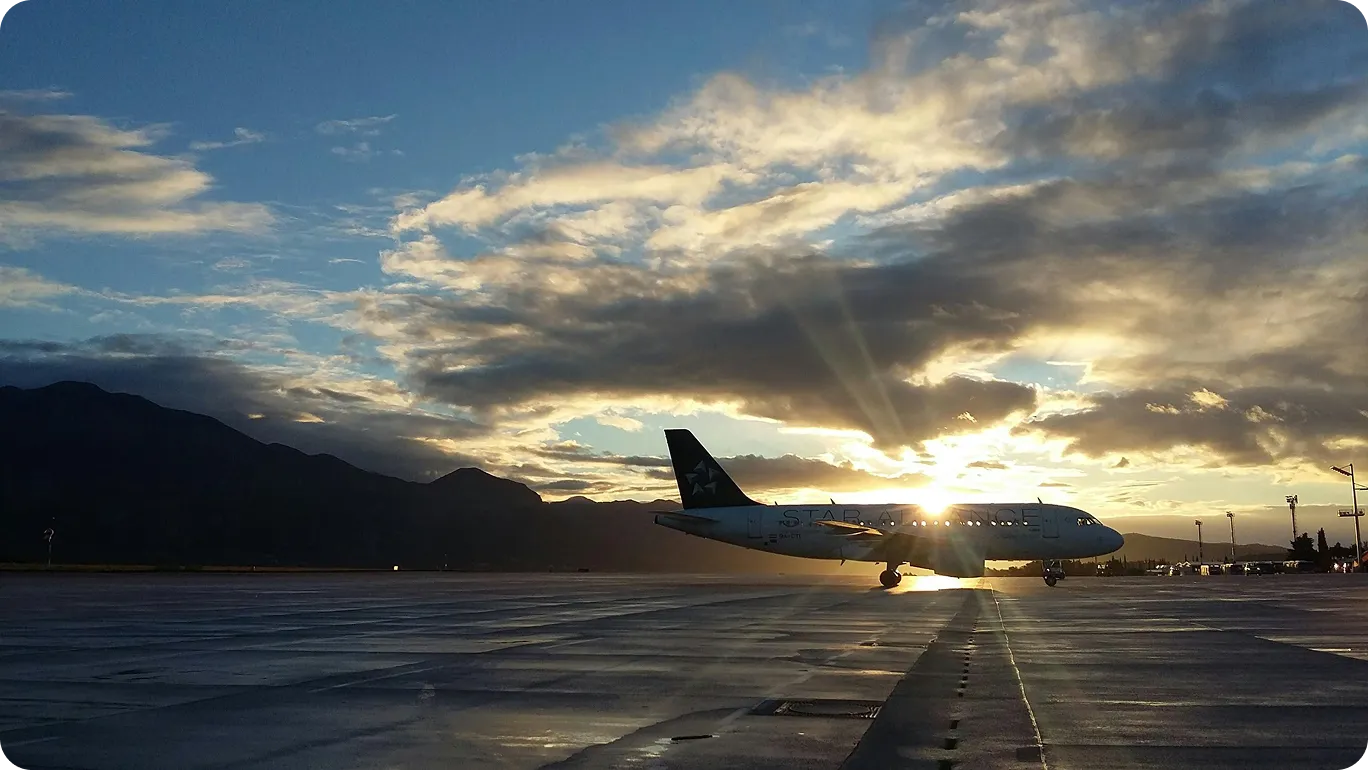Optical Flow
Discover the power of Optical Flow in computer vision. Learn how it estimates motion, enhances video analysis, and drives innovations in AI.
Optical flow is a core concept in computer vision (CV) that involves estimating the motion of objects, surfaces, and edges in a visual scene caused by the relative motion between an observer (like a camera) and the scene. It calculates a field of vectors that describe the direction and speed of movement for pixels or features between two consecutive video frames. This provides a detailed, low-level understanding of "how" things are moving, which is fundamental for many dynamic scene analysis tasks.
How Optical Flow Works
The central assumption behind most optical flow algorithms is "brightness constancy," which presumes that the intensity of a pixel corresponding to a specific point on an object remains constant over short time intervals. By finding the displacement that preserves this brightness, algorithms can estimate motion. There are two main approaches to calculating optical flow:
- Dense Optical Flow: This method computes a motion vector for every single pixel in the image. It provides a highly detailed motion field, which is useful for tasks like image segmentation and understanding complex scene dynamics. The Horn-Schunck method is a classic example, while modern deep learning models like RAFT offer state-of-the-art performance.
- Sparse Optical Flow: Instead of analyzing every pixel, this method tracks a sparse set of "interesting" features (like corners or keypoints) across frames. The Lucas-Kanade method is a well-known sparse algorithm. This approach is more computationally efficient and is well-suited for applications where only the motion of specific points is needed, such as in object tracking.
Optical Flow vs. Object Tracking
While related, optical flow and object tracking solve different problems.
- Optical Flow describes the low-level motion of pixels. Its output is a set of vectors representing movement between two frames. It doesn't inherently understand the concept of an "object" or maintain its identity over time.
- Object Tracking is a higher-level task focused on locating a specific object and following its path across multiple frames, assigning a consistent ID to it. Tracking algorithms often use techniques like optical flow as an input to predict an object's position in the next frame after it has been identified by an object detection model, such as an Ultralytics YOLO model. You can see this in action in Ultralytics' object tracking mode.
In short, optical flow answers "How are the pixels moving?", while object tracking answers "Where did that car go?".
Real-World Applications
Optical flow is crucial for many applications that require understanding motion from video:
- Autonomous Systems: Autonomous vehicles and robots use optical flow for visual odometry (estimating self-motion), obstacle detection, and understanding the relative movement of objects in their environment. For example, it helps a self-driving car estimate its speed relative to the road or track nearby vehicles. Companies like Waymo heavily rely on motion perception. Explore AI in self-driving cars for more context.
- Video Compression: Standards like MPEG use motion estimation techniques similar to optical flow to predict subsequent frames based on previous ones. By encoding only the motion vectors and the prediction errors (residuals), significant data compression is achieved.
- Action Recognition: Understanding human actions in videos, a key part of pose estimation, often involves analyzing motion patterns derived from optical flow. This is critical for applications in sports analytics and smart fitness technology.
- Video Stabilization: Digital image stabilization techniques can use optical flow to estimate camera shake and compensate for it, producing smoother videos. This technology is common in modern smartphones and cameras.
- Medical Image Analysis: Used to track tissue motion, such as the movement of the heart muscle in echocardiograms or organ deformation during procedures. See resources like the journal Radiology: Artificial Intelligence for related advancements.
- Robotics: Enables robots to navigate, interact with objects, and perform tasks based on visual feedback about movement in their surroundings. Integration with systems like ROS often incorporates motion analysis.






.webp)

